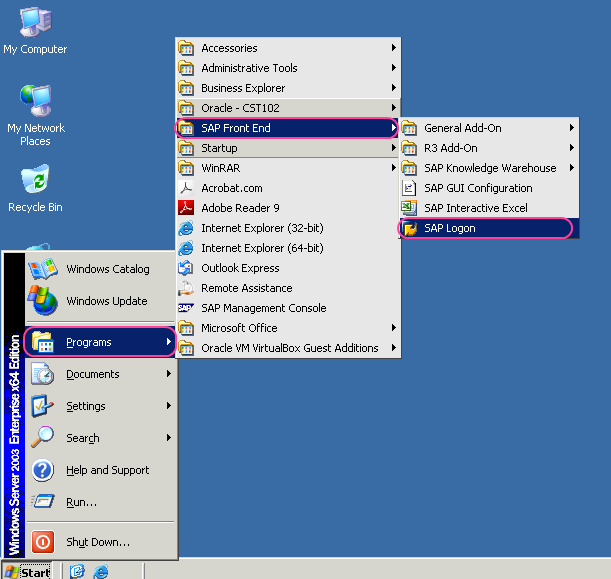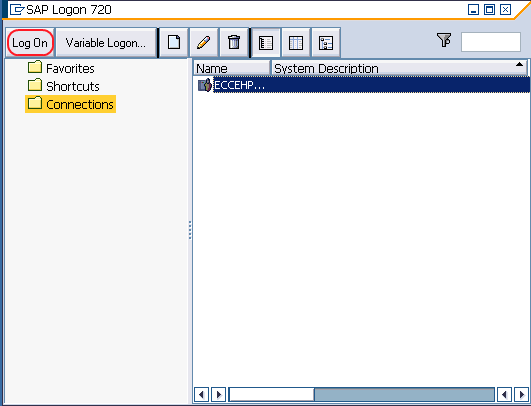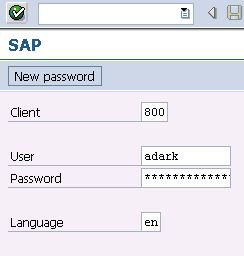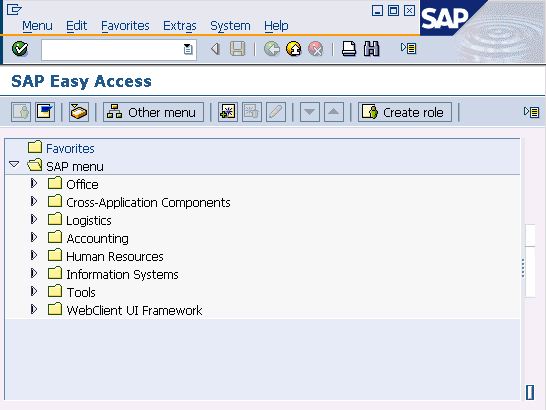Customising SAP | Setting Up Favorites
Last Updated :
13 Dec, 2023
SAP (Systems, Applications, and Products) is an enterprise resource planning software that is meant to streamline corporate operations and increase productivity. While SAP solutions are powerful and comprehensive out of the box, customization is critical in adapting SAP to match the particular demands of an organization. In this post, we will look at the significance and benefits of SAP customization.
What do we mean by Customising SAP?
Customization in SAP refers to the process of adapting or configuring the SAP software to meet the specific needs, requirements, and processes of an organization. It involves making changes to the standard SAP system to tailor it to the unique business practices and preferences of the company. Customization is a common practice in SAP because it allows businesses to make the software more relevant and efficient for their operations.
The Importance of Customization
- Alignment with Business Processes: Each organisation is distinctive in its operations and business procedures. SAP customization enables organisations to match the software with their own workflows, ensuring that SAP is a facilitator rather than a barrier to operations.
- Improved User Adoption: User interfaces may be simplified and optimised through customization, making it easier for employees to utilise the product. User-friendly interfaces increase user adoption while decreasing training needs.
- Competitive Advantage: SAP customization provides organisations with a competitive advantage by allowing them to adjust quickly to changing market conditions and client requests. In today’s fast-paced corporate climate, flexibility is essential.
- Programming and Scripting: For more advanced customizations, organizations can use SAP’s programming language, ABAP (Advanced Business Application Programming), to develop custom functionality, enhancements, and applications. This is typically done by SAP developers.
Benefits of Customizing SAP
- Enhanced Efficiency: Organisations may use customization to minimise unnecessary stages, automate processes, and increase overall efficiency. Companies may save time and money by simplifying their operations.
- Cost Reduction: Customization aids in the elimination of unnecessary features and the focus on important functionality. This decreases not just licencing costs but also maintenance and support costs.
- Data Accuracy: SAP customization allows for the introduction of unique data validation tests, which ensures data correctness. Clean and dependable data is essential for making educated decisions.
- Integration: Customization enables smooth connection with other corporate apps and systems. This allows data interchange, resulting in a more connected and efficient organisation.
- Improved Reporting: Customised SAP systems may provide customised reports that provide greater insights into business performance, allowing for data-driven decision making.
Setting Up Favorites
1. Log In to SAP:
- You are Log In to SAP using two methods:
- From the desktop, double-click the SAP Logo icon. You may log in to SAP with the aid of the GUI (Graphical User Interface).

- By clicking All programs from the start menu. To launch SAP from the start menu, follow these instructions. Start -> All programs -> SAP Front End -> SAP Logon.

- After clicking SAP Log on, the following Log on screen appears. To log into the SAP system, select Log on from the SAP Logon 720 menu.

- The next screen opens to update the login information.
- Client: – Enter the client number (e.g 800, etc)
- User: – Enter the user id given by administrator.
- Password: – Enter the password given by administrator
- Language : – To see menus and fields in a specific language, use the language key.

- Press the enter key after modifying the client information to 800, user ID to adark, and password to bring up the SAP Easy Access panel as shown below. desire menus and fields to appear in a particular language.

- You may work on all activities, including implementation, development, and end-user activities, using this SAP simple access interface.
2. Managing Favourites:

- To open the context menu for the Favourites folder, right-click on it:

- To open the context menu for the Favourites folder, right-click on it. You may access the Favourites folder’s context menu or the Favourites menu on the SAP menu bar.
- You can add, edit, or remove a favourite menu path.
- Create folders to organise your transactions.
- Change the transactions’ names.
Alternatively You may add, modify, remove, or move the positions of the transactions in your favourites list by using the shortcut icons mentioned below.

3. Creating Favourites:
To go to the screen you wish to bookmark, use the menu or the transaction code. For example, if you frequently use transaction code “VA01” to create sales orders, navigate to that screen.
Choose the transaction or folder you wish to add to your favourites from the SAP menu. then either drag it and drop it into the favourites folder or just click the shortcut icon for it.
Example: Browse the SAP menu.: Logistics > Sales and Distribution > Sales > Order > Select the Create option then add to the Favorite folder by using icon.

The Folder or Transaction you pick will get copied to your Favorites folder.

As an alternative, you can add a Favourites Path by typing the transaction code into the SAP menu bar or through the context menu of the Favourites folder.
Note: the menu item is simply duplicated to our Favourites menu and not really deleted from the SAP menu.
4. Editing Favorites:
By selecting the menu path in the Favourites folder and selecting the shortcut icon, you may alter the name of the chosen transaction after changing the name of the menu route.

5. Deleting Favorites:
Select the transaction path you wish to remove from SAP favourites, then click the Delete icon.

The context menu of the Favourites folder also offers the ability to delete all of the favourites with a single click, as illustrated in the picture below:

6. Add Folders to Favorites:
Making Folders in Favourites is an excellent idea, particularly if you’re working on multiple distinct SAP topics. You may structure your transaction list and create a customised menu to suit your needs by creating folders.
How to Set Up Favourites Folders in SAP
Select the Insert folder option from the Favourites folder’s context menu, as shown below.

Enter the name of your folder in the ‘Create a Folder in the Favourite List’ pop-up and confirm by clicking the ‘Continue’ button.

The Favourites menu should now contain the folder. You are free to add as many transactions, folders, and nested folders as you like, but bear in mind that the whole point of establishing Favourites is to reduce the number of clicks required to access the desired transactions.
Summary
Make sure the folders and shortcuts you create are kept basic because the main goal of setting Favourites is to make your most often used transactions accessible. Remember that the steps may vary slightly depending on the SAP version you are using, but the general process should be similar. Setting up favorites can save you a lot of time and make it easier to access frequently used SAP transactions and screens.
Share your thoughts in the comments
Please Login to comment...